Patanjali Yoga Sutra: Sanskrit Text With Transliteration, English Commentary
Chaukhamba Surbharati Studies
Synopsis
Read more
In order to facilitate complete understanding of the concept of a Sutra, a glossary of terms used in this translation has been added along with the simplified and suitable explanation in the context in which the terms has been used.
Efforts have been made to exclude all the difficult words of Sanskrit language in this rendering and in their place suitable English equivalent words have been substituted. However, essential Sanskrit words in transliterated version find place with easy English equivalents'()' parentheses and vice-versa. Besides, an index of the original text of Sanskrit Sutras (Sutranukramanika) with page numbers at the end of the book has also been provided so as to be convenient for a reader to have a quick look with regard to a particular Sutra.
The ‘Yoga Sutra' of Patanjali contains 196 Sutras which have been presented in a condensed form comprising essential philosophical concepts and Yogic techniques in a scientific and systematic manner. His philosophy is not a new one but simply gives a new face by co-ordinating all the existing systems into a single treatise. His ‘Yoga' is a discipline for controlling the mind and the body in order to attain liberation from the material world.
Patanjali deals with the theory of Klesas ( afflictions) which gets reflected in the prevailing conditions of human life on account one suffers as the same are born out of avidya (ignorance) which is root of all miseries. By avidya he does not mean "no knowledge" but the lack of true knowledge or reality. He emphasizes that true knowledge can be gained through the steady and stabilized mind. The mind is like a mirror, it gathers dust while reflects. In other words, when one's mind attains unmodified state, one develops the discriminative knowledge which causes the ignorance to disappear and paves the way for removal of the cover which blocks the light of the ‘Purusa'.
In order to get unmodified state of mind, Patanjali has suggested to practice the "Astanga Yoga" which ultimately leads one to attain the ‘Dharma-megha-samadhi' resulting in liberation of ‘Purusa' from the clutches of ‘Prakriti'. This state of ‘Purusa' has been termed as ‘Kaivalya' by Patanjali in which it is no more bound to the ‘Karms', nor is affected by time, space, cause and effect of this phenomenal world.
20.25
18.225
$
22.50 $
Free delivery Wolrdwidе in 10-18 days
Ships in 1-2 days from New Delhi
Membership for 1 Year $35.00
Get it now and save 10%
Get it now and save 10%
BECOME A MEMBER
Books in the series
-
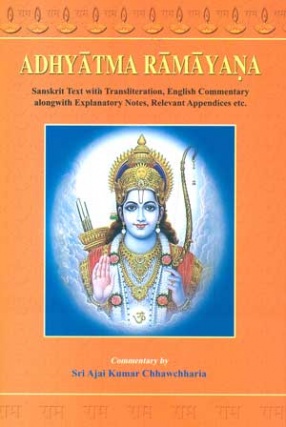
Adhyatma Ramayana of Maharsi Vedavyasa (In 2 Volumes: Sanskrit Text with Transliteration, English Commentary)
-
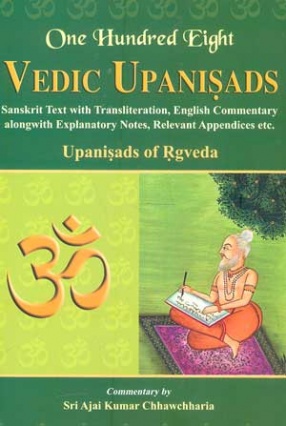
One Hundred Eight Vedic Upanisads: Upanisads of Rgveda (In 2 Volumes, 3 Parts: Sanskrit Text with Transliteration, English Commentary)
-
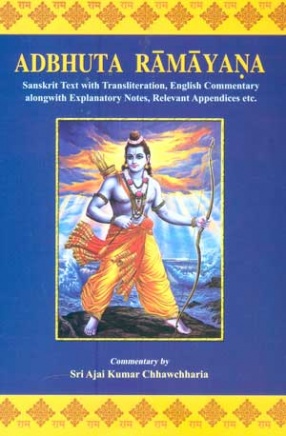
Adbhuta Ramayana: Sanskrit Text with Transliteration, English Commentary
-
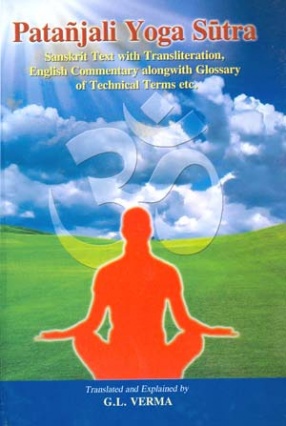
Patanjali Yoga Sutra: Sanskrit Text With Transliteration, English Commentary
Books by the same author


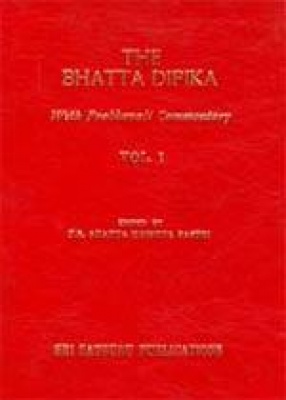

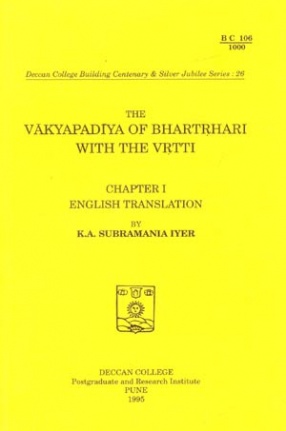
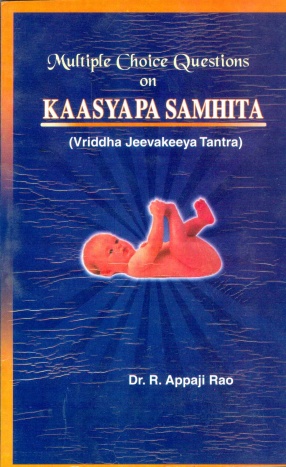

Bibliographic information